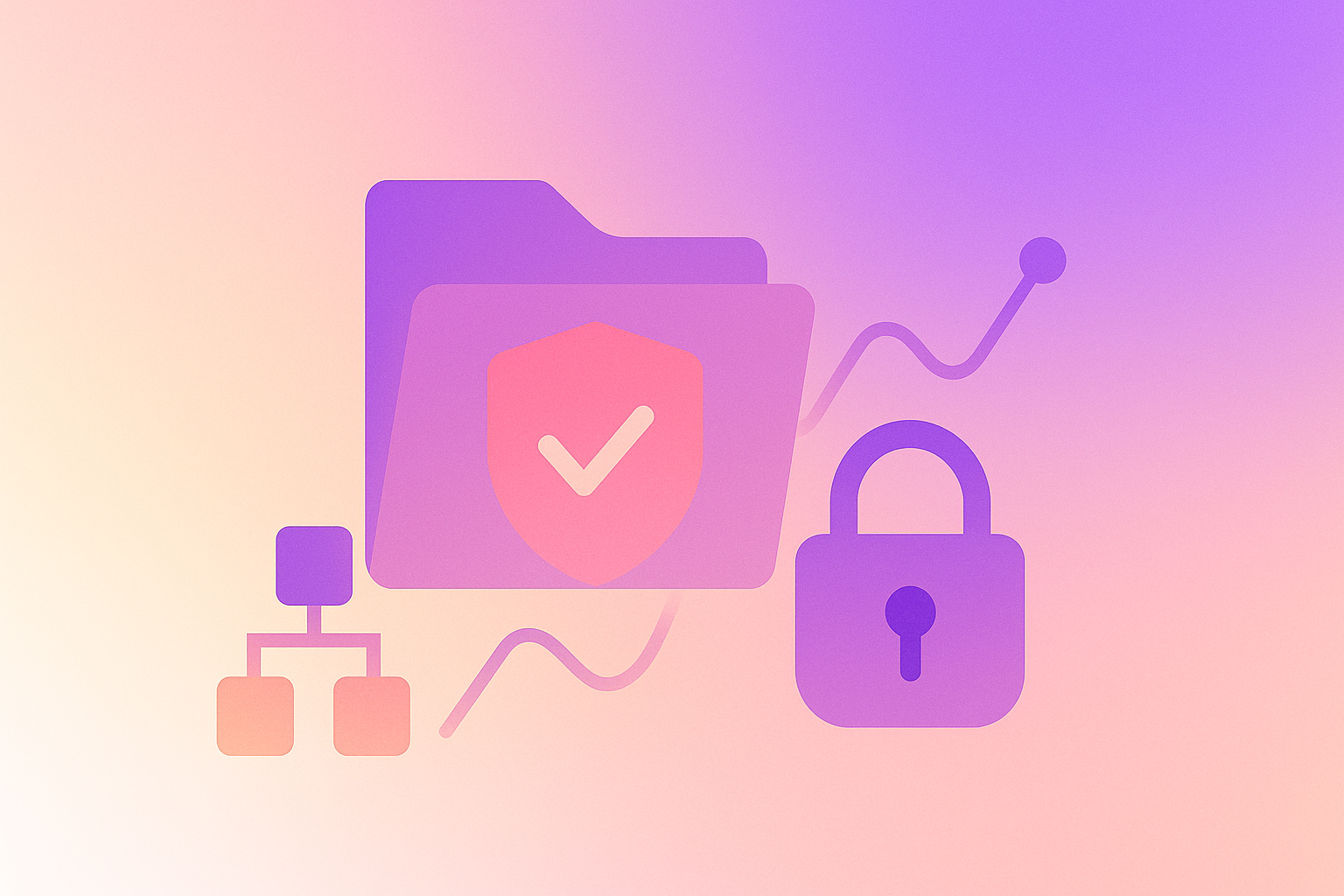What is a Privileged Access Management Tool?
Privileged access management tools improve the safety of company IT networks and ensure you maintain data integrity when up against internal and external threats.

Table of Contents
Terms like “privileged access management” (PAM) can sound confusing, particularly if you don’t know the jargon yet. But, fortunately, the reality is less complicated than you might think. Getting your head around privileged access management tools and what your enterprise can use them for is surprisingly simple.
Here, we define PAM tools and who provides them. Then we look at some trickier questions, like the role of privileged identity management in business (how it relates to PAM), and the nuances of vendor PAM.
What is a Privileged Access Management Tool?
Privileged access management solutions are software that enhance your control over users with higher-level administrative access to company networks, systems, and data. It puts a boundary around their activities, limiting what they can do (and the damage they can cause). The market for these services is worth $3 billion and looks set to rise to over $17.7 billion by 2032.
Privileged access management best practices include:
.avif)
- Setting password rotations and automating the management of access requests
- Putting in place policies to enforce “least privilege” – the idea that users should have the minimal level of access required to carry out their work
- Monitoring sessions to identify suspicious activity or anything that could jeopardize business operations
- Recording sessions and creating audit trails to discover bad actors and systemic issues that might introduce risk
- Managing privileged users’ credentials and preventing others from accessing their accounts
- Using two-factor or multi-factor authentication tools to prevent unauthorized access to company systems
What is a PAM Provider?
A PAM provider is a company that sells privileged access management solutions. PAM vendors mainly focus on developing software – digital tools that automate tasks for firms and provide greater IT network oversight. However, some also provide human services, including manual monitoring of systems and implementation advice.
Which PAM Tool is Best?
PAM solutions come in various shapes and sizes. No single offering is best for all users. However, brands like Lumos employ comprehensive tools that cover most requirements, allowing firms to manage network access issues better.
The best PAM tools have features that make IT networks more secure, including monitoring and dynamic account access. These elements minimize risk and reduce the chances of harm to the company.
Moreover, the top PAM solutions are high-quality software in their own right. Tools are simple, scalable as user numbers grow, and offer value for money.
We suggest creating a list of PAM tools that meet these criteria, like Lumos. Don’t focus on functionality alone.
Is PIM a Part of PAM?
PIM (privileged identity management) is not a part of PAM, but the two acronyms relate. Think of PIM as having a higher-level focus, concentrating on user identities associated with privileged accounts. It defines who should have privileged access in the first place and the level of permission they should enjoy.
PAM is more about the nitty-gritty of protecting systems. PAM tool examples include securing networks when not in use and determining when controlled access windows should open.
Some organizations think of PIM as a component of PAM. Others view it as complementary. However, whichever way you look at it, you need both. Companies require:
- Systems that define user privilege thresholds (PIM)
- Protocols that manage that privilege (PAM)
What is Vendor PAM?
Vendor PAM is an extension of conventional PAM applied to third-party vendors. It goes beyond employees and secures business networks when interacting with contractors, service providers, partners, and external organizations who need to access sensitive areas of your systems.
Vendor PAM matters because third parties are a security risk. Unlike employees, they don’t have a long-term dependence on your brand and, therefore, may act in harmful ways. Hence, PAM prevents them from damaging your digital operations or putting your data at risk.
Vendor PAM is also useful for compliance purposes. Some organizations must implement it by law.
Other than that, vendor PAM works the same way as solutions applied internally. It reduces the risk of data breaches and improves visibility, letting companies monitor those using their systems, regardless of who they are.
What is the Difference Between Standard Access and Privileged Access?
Standard access is permission run-of-the-mill employees receive to perform basic tasks on the company’s network: for example, browsing the internet or using Microsoft Word. Privileged access gives users more rights, including some to modify the network. Therefore, security requirements and oversights need to be higher.
Want to learn more about PAM and feel the benefits yourself? Start your free demo of Lumos’s PAM solution today!




